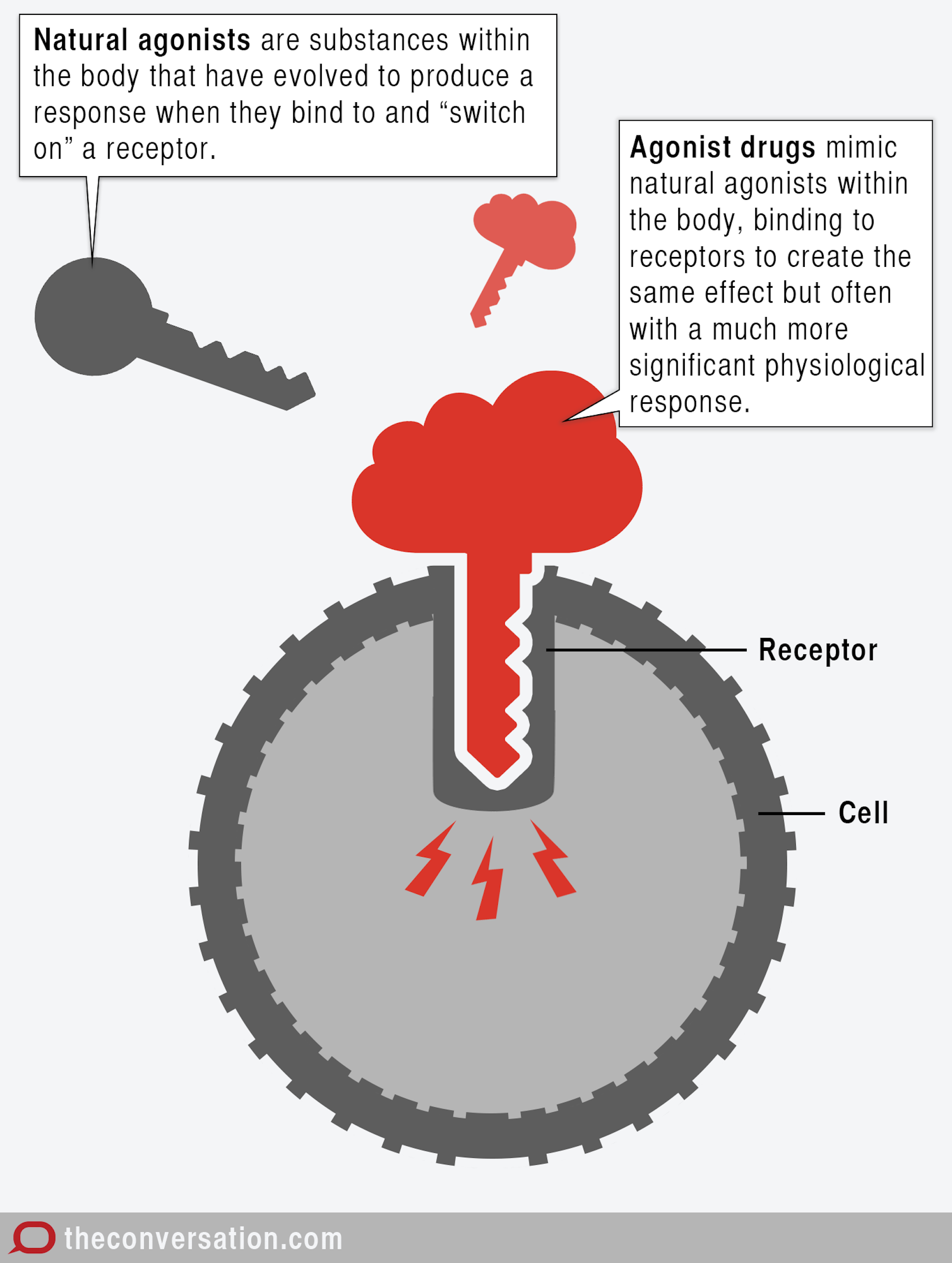


Pain is the most common reason for medical visits. Thus, both opioid type and sensory modality may determine the outcome of neuropathic pain treatment. Conversely, opioid peptides relieved mechanical hypersensitivity. Furthermore, exogenously applied opioid peptides were ineffective as well. Exogenous opioids, also shown to release opioid peptides via activation of leukocyte opioid receptors, were equally analgesic in wild-type and opioid peptide-knockout mice, indicating that endogenous opioids do not contribute to exogenous opioid analgesia in heat hypersensitivity. Specifically, corticotropin-releasing factor, an agent triggering opioid peptide secretion from leukocytes, applied perineurally did not attenuate heat hypersensitivity in wild-type mice. We found that although perineural exogenous opioid agonists, including peptidergic ligands, were effective, the endogenous opioid peptides β-endorphin, Met-enkephalin and dynorphin A did not alleviate heat hypersensitivity. We used a chronic constriction injury of the sciatic nerve in wild-type and opioid peptide-knockout mice, and tested opioid effects in heat and mechanical hypersensitivity using Hargreaves and von Frey tests, respectively.

Since neuropathic pain can also be augmented by heat, in this study we investigated the role of opioids in the modulation of neuropathy-evoked heat hypersensitivity. Local leukocyte-derived opioid peptides or exogenous opioid agonists inhibit neuropathy-induced mechanical hypersensitivity in animal models. Neuropathic pain often results from peripheral nerve damage, which can involve immune response.


 0 kommentar(er)
0 kommentar(er)
